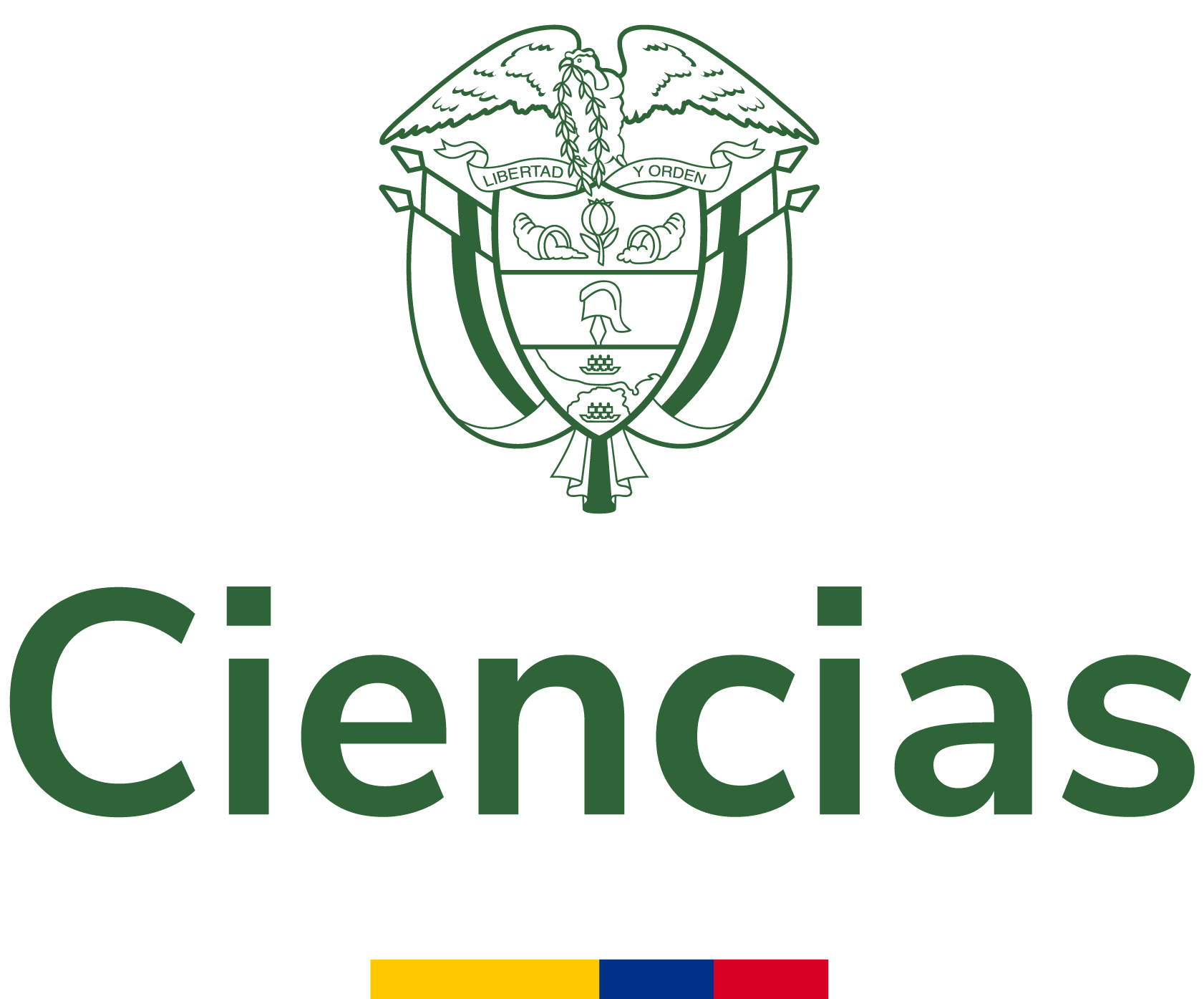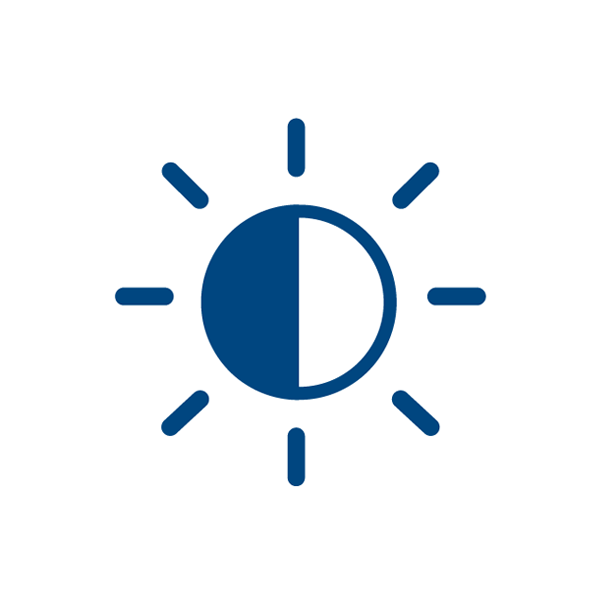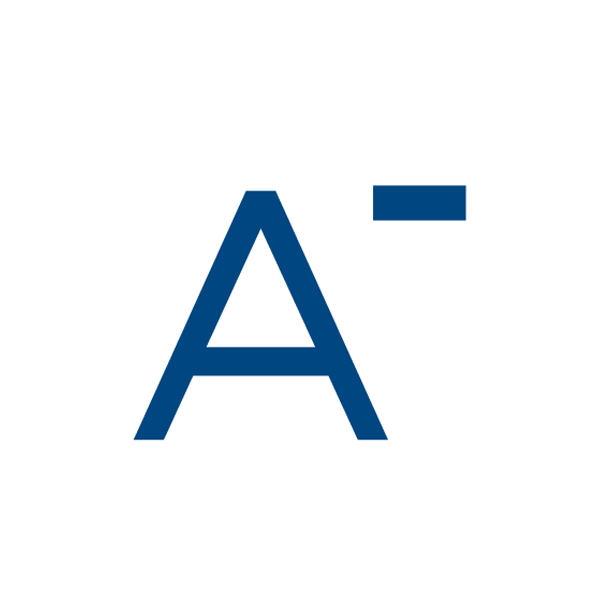Estimation of precision in the micro- measurement of the water supply system in Pereira
The management of water resources in urban centers involves continuous monitoring and control of resource use in order to improve service delivery and achieve efficiency in the consumption by the users. In this sense, the meter measurement becomes the main control tool for the efficient water use, w...
- Autores:
- Tipo de recurso:
- Fecha de publicación:
- 2019
- Institución:
- Universidad Católica de Pereira
- Repositorio:
- Repositorio Institucional - RIBUC
- Idioma:
- spa
- OAI Identifier:
- oai:repositorio.ucp.edu.co:10785/9826
- Acceso en línea:
- https://revistas.ucp.edu.co/index.php/entrecienciaeingenieria/article/view/619
http://hdl.handle.net/10785/9826
- Palabra clave:
- Rights
- openAccess
- License
- Derechos de autor 2019 Entre Ciencia e Ingeniería
| id |
RepoRIBUC_c8c95647f57066e3344a1928c4c8952f |
|---|---|
| oai_identifier_str |
oai:repositorio.ucp.edu.co:10785/9826 |
| network_acronym_str |
RepoRIBUC |
| network_name_str |
Repositorio Institucional - RIBUC |
| repository_id_str |
|
| spelling |
Estimation of precision in the micro- measurement of the water supply system in PereiraEstimación de la precisión en la micromedición del sistema de abastecimiento de agua de PereiraThe management of water resources in urban centers involves continuous monitoring and control of resource use in order to improve service delivery and achieve efficiency in the consumption by the users. In this sense, the meter measurement becomes the main control tool for the efficient water use, whose optimization is related to the technical capacity of the company, the technology used and its accuracy. This research evaluated the performance of the measurement devices in the urban water supply system of Pereira city, considering the company commercial information system, the data allow to inference the attrition of different measurement devices, considering its features techniques and the impact on water consumption by users. It was mainly found more attrition in class B meters, compared to class C, and the negative impact on consumption is higher when the user was confronted to the latter class.La administración del recurso hídrico en centros urbanos implica el permanente control y seguimiento al uso del agua con el objeto de mejorar la prestación del servicio y lograr la eficiencia en el consumo por parte de los usuarios. En este sentido la medición a nivel micro se convierte en una herramienta de control para el uso eficiente y el ahorro del agua, cuya optimización está relacionada con la capacidad técnica de la empresa y la tecnología utilizada. La presente investigación evaluó el comportamiento del parque de medidores en el sistema de abastecimiento urbano de la Ciudad de Pereira a partir del sistema de información comercial de las empresas prestadoras del servicio, datos que permiten hacer inferencia sobre el desgaste de los diferentes medidores, considerando sus características técnicas y el impacto en el consumo de agua de los usuarios. Se encontró principalmente un desgaste mayor en medidores de clase B, frente a los de clase C, además que el consumo es mayor cuando el usuario se ve enfrentado a esta última clase.Universidad Católica de Pereira2022-06-01T19:08:38Z2022-06-01T19:08:38Z2019-07-25Artículo de revistahttp://purl.org/coar/resource_type/c_6501http://purl.org/coar/version/c_970fb48d4fbd8a85info:eu-repo/semantics/articleinfo:eu-repo/semantics/publishedVersionhttp://purl.org/coar/resource_type/c_2df8fbb1application/pdfhttps://revistas.ucp.edu.co/index.php/entrecienciaeingenieria/article/view/619http://hdl.handle.net/10785/9826Entre ciencia e ingeniería; Vol 7 No 14 (2013); 72-76Entre Ciencia e Ingeniería; Vol. 7 Núm. 14 (2013); 72-76Entre ciencia e ingeniería; v. 7 n. 14 (2013); 72-762539-41691909-8367spahttps://revistas.ucp.edu.co/index.php/entrecienciaeingenieria/article/view/619/624Derechos de autor 2019 Entre Ciencia e Ingenieríahttps://creativecommons.org/licenses/by-nc/4.0/deed.es_EShttps://creativecommons.org/licenses/by-nc/4.0/deed.es_ESinfo:eu-repo/semantics/openAccesshttp://purl.org/coar/access_right/c_abf2López Rivas, José DavidGuerrero Erazo, Jhoniers Gilberooai:repositorio.ucp.edu.co:10785/98262025-01-28T00:00:26Z |
| dc.title.none.fl_str_mv |
Estimation of precision in the micro- measurement of the water supply system in Pereira Estimación de la precisión en la micromedición del sistema de abastecimiento de agua de Pereira |
| title |
Estimation of precision in the micro- measurement of the water supply system in Pereira |
| spellingShingle |
Estimation of precision in the micro- measurement of the water supply system in Pereira |
| title_short |
Estimation of precision in the micro- measurement of the water supply system in Pereira |
| title_full |
Estimation of precision in the micro- measurement of the water supply system in Pereira |
| title_fullStr |
Estimation of precision in the micro- measurement of the water supply system in Pereira |
| title_full_unstemmed |
Estimation of precision in the micro- measurement of the water supply system in Pereira |
| title_sort |
Estimation of precision in the micro- measurement of the water supply system in Pereira |
| description |
The management of water resources in urban centers involves continuous monitoring and control of resource use in order to improve service delivery and achieve efficiency in the consumption by the users. In this sense, the meter measurement becomes the main control tool for the efficient water use, whose optimization is related to the technical capacity of the company, the technology used and its accuracy. This research evaluated the performance of the measurement devices in the urban water supply system of Pereira city, considering the company commercial information system, the data allow to inference the attrition of different measurement devices, considering its features techniques and the impact on water consumption by users. It was mainly found more attrition in class B meters, compared to class C, and the negative impact on consumption is higher when the user was confronted to the latter class. |
| publishDate |
2019 |
| dc.date.none.fl_str_mv |
2019-07-25 2022-06-01T19:08:38Z 2022-06-01T19:08:38Z |
| dc.type.none.fl_str_mv |
Artículo de revista http://purl.org/coar/resource_type/c_6501 http://purl.org/coar/version/c_970fb48d4fbd8a85 info:eu-repo/semantics/article info:eu-repo/semantics/publishedVersion |
| dc.type.coar.fl_str_mv |
http://purl.org/coar/resource_type/c_2df8fbb1 |
| status_str |
publishedVersion |
| dc.identifier.none.fl_str_mv |
https://revistas.ucp.edu.co/index.php/entrecienciaeingenieria/article/view/619 http://hdl.handle.net/10785/9826 |
| url |
https://revistas.ucp.edu.co/index.php/entrecienciaeingenieria/article/view/619 http://hdl.handle.net/10785/9826 |
| dc.language.none.fl_str_mv |
spa |
| language |
spa |
| dc.relation.none.fl_str_mv |
https://revistas.ucp.edu.co/index.php/entrecienciaeingenieria/article/view/619/624 |
| dc.rights.none.fl_str_mv |
Derechos de autor 2019 Entre Ciencia e Ingeniería https://creativecommons.org/licenses/by-nc/4.0/deed.es_ES https://creativecommons.org/licenses/by-nc/4.0/deed.es_ES info:eu-repo/semantics/openAccess http://purl.org/coar/access_right/c_abf2 |
| rights_invalid_str_mv |
Derechos de autor 2019 Entre Ciencia e Ingeniería https://creativecommons.org/licenses/by-nc/4.0/deed.es_ES http://purl.org/coar/access_right/c_abf2 |
| eu_rights_str_mv |
openAccess |
| dc.format.none.fl_str_mv |
application/pdf |
| dc.publisher.none.fl_str_mv |
Universidad Católica de Pereira |
| publisher.none.fl_str_mv |
Universidad Católica de Pereira |
| dc.source.none.fl_str_mv |
Entre ciencia e ingeniería; Vol 7 No 14 (2013); 72-76 Entre Ciencia e Ingeniería; Vol. 7 Núm. 14 (2013); 72-76 Entre ciencia e ingeniería; v. 7 n. 14 (2013); 72-76 2539-4169 1909-8367 |
| institution |
Universidad Católica de Pereira |
| repository.name.fl_str_mv |
|
| repository.mail.fl_str_mv |
|
| _version_ |
1844494325710323712 |






